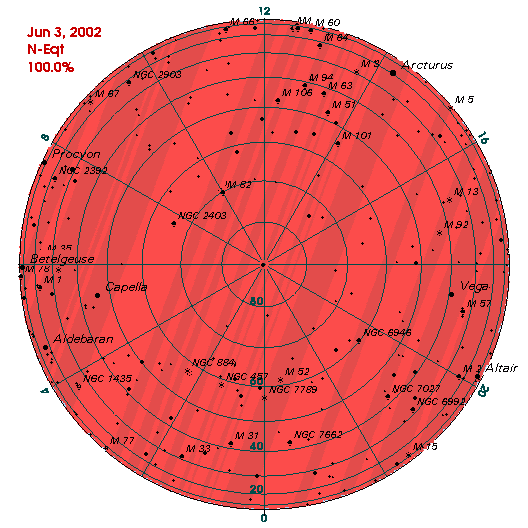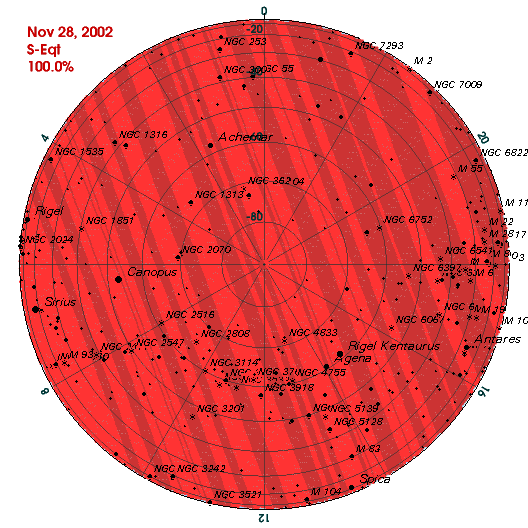
| Search of Explorer Data |
The EXPLORER
detector is operated by Italian
ROG collaboration currently led by Eugenio Coccia.
The detector is located in CERN near Geneva.
As far as we are aware this is the first ever all-sky search
for continuous sources using data from a gravitational-wave detector.
The analysis has been performed by a team consisting of
Pia Astone,
Kaz Borkowski,
Piotr Jaranowski,
Andrzej Królak
and Maciej Pietka and is carried out on the basis of
Memorandum of Understanding between the ROG and
Institute of Mathematics of Polish Academy of Sciences.
The search is run by a network of computers acquired through grants
from Polish Science Committee (KBN), computers in ICM, computers
at UwB and IMPAN (see Bulletin No 1).
The data analysis tools that we use in this search were described in the paper
"Data analysis of
gravitational-wave signals from spinning neutron stars.
IV. An all-sky search". First results of our search are presented
in All-sky upper limit for gravitational radiation from spinning neutron stars.
In September 2003 a workshop was held in the
Banach Center in Warsaw entitled
"Mathematics of Gravitation II"
where results of the all-sky search were presented and discussed with
members of the gravitational-wave community.
Overview
This site presents an all-sky search for gravitational waves from spinning
neutron stars in data from EXPLORER bar detector.
The search progress


The above pictures are a flat representation of the heavenly sphere
north (upper picture) and south (the lower one) of the celestial equator.
They are given in the so called parallel projection (in which the radial
distance is mapped as the cosine of declination). The right ascension
coordinate, measured in hours (0 to 24), has the origin at the bottom
(marked with a 0) of northern hemisphere and is there
clockwise positive. On the southern hemisphere the top point concides
with the origin of the right ascension, which is measured counterclockwise.
The declination circles are drawn every 10 degrees, outermost circle
or the celestial equator corresponding to 0 degrees. On these maps
areas already searched in our project are shown by dark and light red dots.
These two shades of red correspond respectively to odd and even numbered jobs
(usually computers). In this particular projection the dots cluster to
form straight strips. The same data superimposed on sky maps in different
projection and in the galactic frame of coordinate reference are given
on a separate page.
These maps are updated monthly.
More details on the progress of the search are given in our monthly bulletins:
Another search based on our tools and carried out in Rome and Bologna on different data set after fast progress since March 2003 has been completed on May 14, 2003. Yet another similar undertaking has finished in August 2003. These were described in Astone et al. (2005).